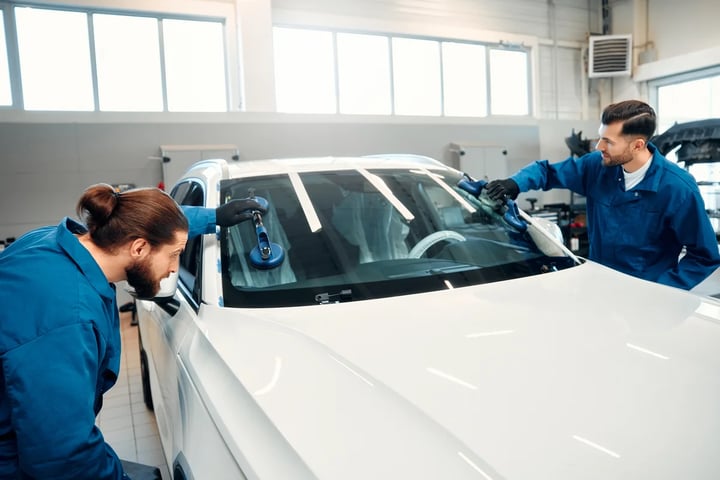Everything about Auto Glass
Everything You Need to Know About Auto Glass
Welcome to our blog, where you’ll find expert articles, practical advice, and the latest updates on car glass repair, maintenance, and technology.
Blog
Learn essential tips and best practices to keep your windshield in optimal condition, ensuring clear visibility and enhanced safety on the road.
Windshield Replacement
Explore comprehensive guides on when and how to repair or replace your vehicle's glass, helping you make informed decisions to maintain your car's integrity.
Auto Glass Replacement
Discover the newest advancements in auto glass, from smart windshields to enhanced durability features, and understand how they can benefit your driving experience.

Cracked or Shattered Glass? Replace It Today!
Replacing car glass has never been this quick and convenient. We use top-quality glass to make your vehicle as good as new. Safety starts here!
Get a Free Quote